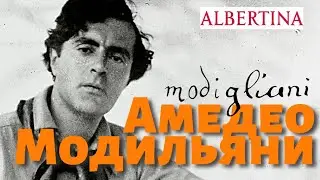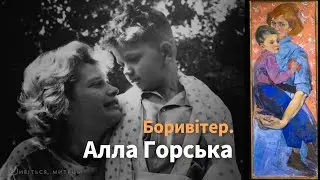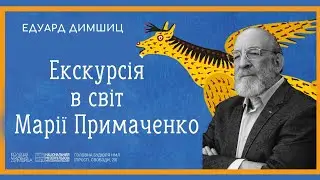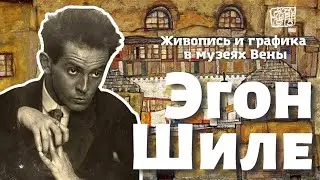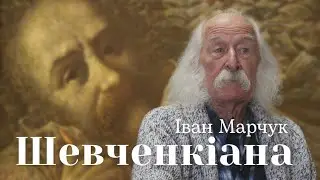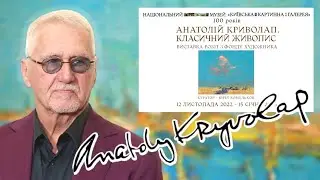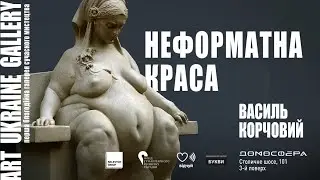Pablo PICASSO In BARCELONA, Biography Museum: Cubism, Blue Period, paintings Guernica, Las Meninas.
Pablo Picasso In BARCELONA, Spain and Picasso museum - livestream Tour by Jordi Gòmez - tour guide of Barcelona and Catalonia.
Contents:
00:00:00 - Málaga - the city where the artist was born
00:05:52 - Pablo Picasso In BARCELONA
00:40:15 - The story of the creation of the painting "Guernica"
00:52:10 - proto-Cubist "Les Demoiselles d'Avignon" (1907)
00:54:53 - history of Picasso Museum in BARCELONA
01:05:30 - Early works
01:16:34 - History of the "Blue Period"
01:13:02 - The history of the full name of Picasso
01:22:12 - Las Meninas (1957)
Pablo Ruiz Picasso (25 October 1881 – 8 April 1973) was a Spanish painter, sculptor, printmaker, ceramicist and theatre designer who spent most of his adult life in France. Regarded as one of the most influential artists of the 20th century, he is known for co-founding the Cubist movement, the invention of constructed sculpture,the co-invention of collage, and for the wide variety of styles that he helped develop and explore. Among his most famous works are the proto-Cubist Les Demoiselles d'Avignon (1907), and Guernica (1937), a dramatic portrayal of the bombing of Guernica by German and Italian air forces during the Spanish Civil War.
Subscribe to the channel: / @lookthatistheartist
Picasso demonstrated extraordinary artistic talent in his early years, painting in a naturalistic manner through his childhood and adolescence. During the first decade of the 20th century, his style changed as he experimented with different theories, techniques, and ideas. After 1906, the Fauvist work of the slightly older artist Henri Matisse motivated Picasso to explore more radical styles, beginning a fruitful rivalry between the two artists, who subsequently were often paired by critics as the leaders of modern art.
Picasso's work is often categorized into periods. While the names of many of his later periods are debated, the most commonly accepted periods in his work are the Blue Period (1901–1904), the Rose Period (1904–1906), the African-influenced Period (1907–1909), Analytic Cubism (1909–1912), and Synthetic Cubism (1912–1919), also referred to as the Crystal period. Much of Picasso's work of the late 1910s and early 1920s is in a neoclassical style, and his work in the mid-1920s often has characteristics of Surrealism. His later work often combines elements of his earlier styles.
Become a channel sponsor and you will get access to exclusive bonuses. More:
/ @lookthatistheartist
Picasso was born on 25 October 1881, in the city of Málaga, Andalusia, in southern Spain. He was the first child of Don José Ruiz y Blasco (1838–1913) and María Picasso y López. Picasso's family was of middle-class background. His father was a painter who specialized in naturalistic depictions of birds and other game. For most of his life, Ruiz was a professor of art at the School of Crafts and a curator of a local museum.Ruiz's ancestors were minor aristocrats.
Picasso's birth certificate and the record of his baptism include very long names, combining those of various saints and relatives. Ruiz y Picasso were his paternal and maternal surnames, respectively, per Spanish custom.
In 1895, Picasso was traumatized when his seven-year-old sister, Conchita, died of diphtheria. After her death, the family moved to Barcelona, where Ruiz took a position at its School of Fine Arts. Picasso thrived in the city, regarding it in times of sadness or nostalgia as his true home. Ruiz persuaded the officials at the academy to allow his son to take an entrance exam for the advanced class. This process often took students a month, but Picasso completed it in a week, and the jury admitted him, at just 13. As a student, Picasso lacked discipline but made friendships that would affect him in later life. His father rented a small room for him close to home so he could work alone, yet he checked up on him numerous times a day, judging his drawings. The two argued frequently.
Picasso's father and uncle decided to send the young artist to Madrid's Real Academia de Bellas Artes de San Fernando, the country's foremost art school. At age 16, Picasso set off for the first time on his own, but he disliked formal instruction and stopped attending classes soon after enrollment. Madrid held many other attractions. The Prado housed paintings by Diego Velázquez, Francisco Goya, and Francisco Zurbarán. Picasso especially admired the works of El Greco; elements such as his elongated limbs, arresting colours, and mystical visages are echoed in Picasso's later work.
#Guernica #Spain #Picasso #PabloPicasso #Barcelona #LearnFromMasters #SpainePainter #OnlineArtGallery #CollectionOfPaintings #ArtHistory #DiegoVelázquez #BluePeriod #LasMeninas #Cubism #RuizPabloPicasso #PicassoMuseum #drawings #SpanishPainter
Смотрите видео Pablo PICASSO In BARCELONA, Biography Museum: Cubism, Blue Period, paintings Guernica, Las Meninas. онлайн, длительностью часов минут секунд в хорошем качестве, которое загружено на канал Дивіться, митець! Look, that is the artist! 07 Апрель 2022. Делитесь ссылкой на видео в социальных сетях, чтобы ваши подписчики и друзья так же посмотрели это видео. Данный видеоклип посмотрели 309 раз и оно понравилось 7 посетителям.





![[4K] 71771 Храм Кристального Короля - ЛЕГО Ниндзяго 2023 - 16 сезон: Кристаллизация - ОБЗОР](https://images.reviewsvideo.ru/videos/1Bp5KHXWLb4)


